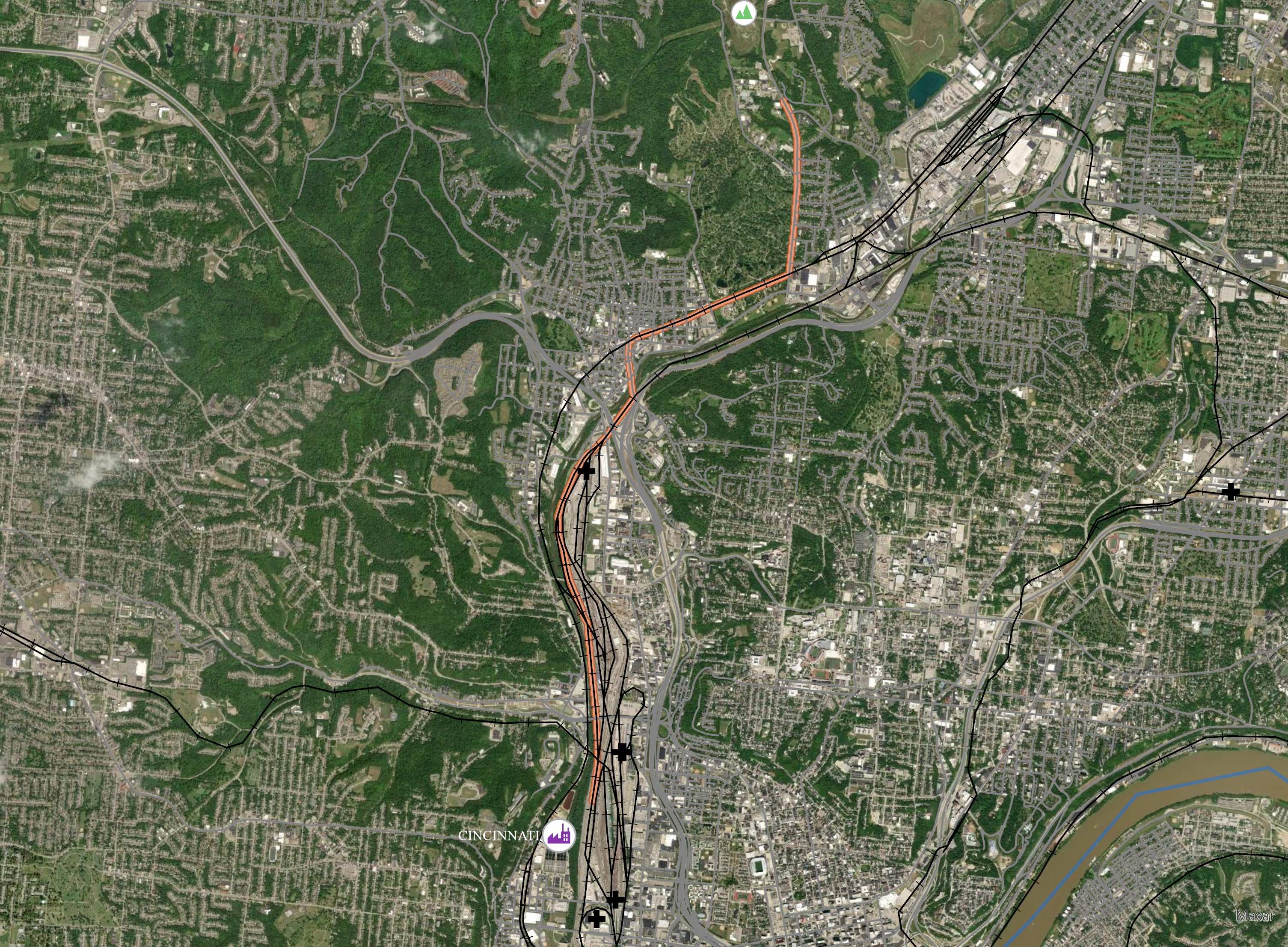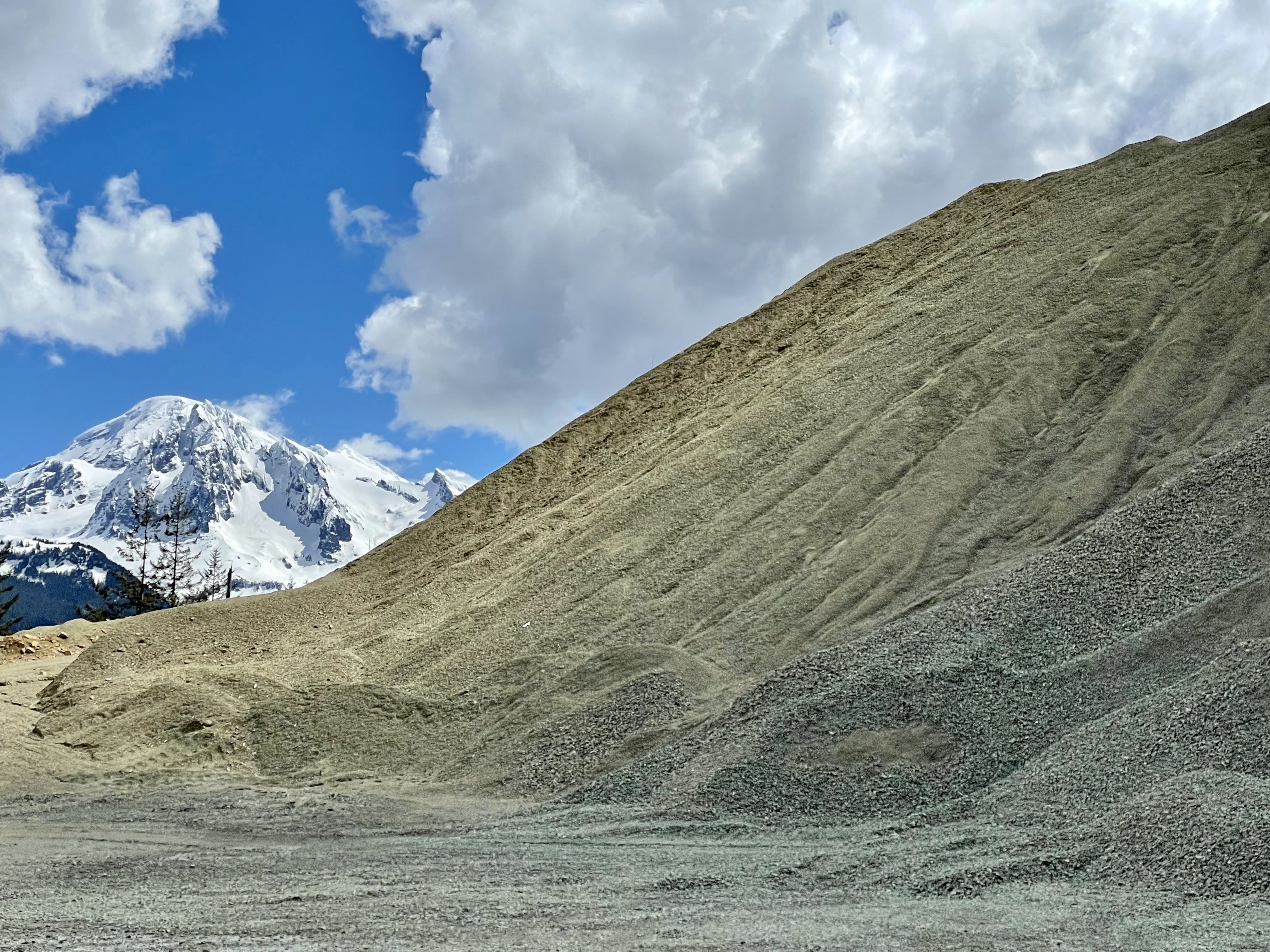Leveraging Earth's Geology
When CO2 interacts with rocks rich in calcium, iron, or magnesium, it can turn into rock through mineralization. Alternatively, CO2 can break up the surface metals and form a stable bicarbonate ion (HCO3-) in a process known as weathering. In either case, the CO2 is stored durably for tens of thousands of years. Geologic processes such as weathering and mineralization already draw down an estimated 1.1 billion MTCO2 a year. Under the right conditions, we can accelerate and scale these reactions to store additional gigatons of CO2.




